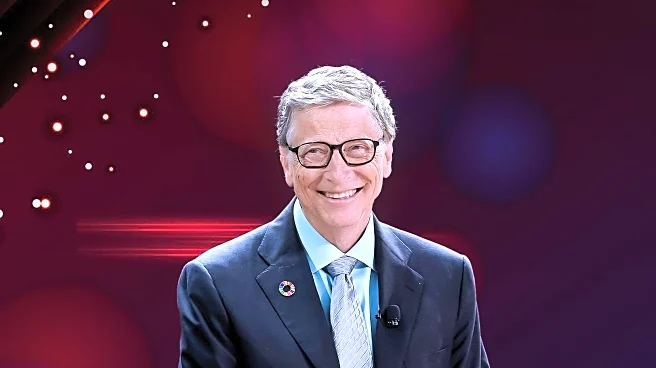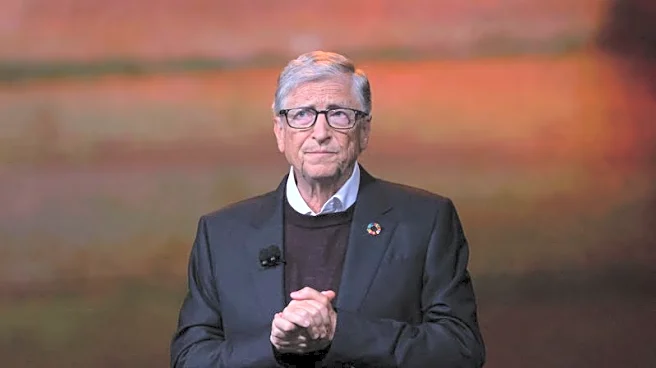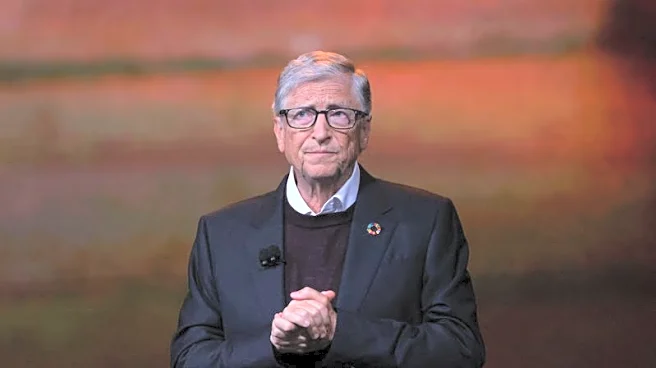What is the story about?
What's Happening?
Philanthropic foundations are increasingly adopting the 'giving in time' approach, where resources are reinvested into society by a fixed date rather than creating perpetual foundations. Bill Gates recently announced that his foundation will spend all its resources by 2045, highlighting the urgency of addressing global health initiatives amid reduced U.S. funding. The Stupski Foundation plans to spend down by 2029, responding to attacks on democracy, health, education, and food systems. This trend reflects a growing recognition of the need for nonprofits to mobilize resources quickly in a politically volatile environment. The approach is gaining popularity, with nearly half of philanthropic organizations established in the 2010s founded as time-limited vehicles.
Why It's Important?
The shift towards 'giving in time' is significant as it reflects a strategic response to urgent social challenges such as political polarization, climate change, and inequality. By setting a deadline for resource allocation, foundations can focus on immediate needs and catalyze impactful change. This approach encourages risk-taking and bold action, aligning philanthropic efforts with the founders' vision and passion. It also prompts foundations to plan for sustainability beyond their resources, ensuring that grantees secure other funding. As more foundations adopt this model, it could lead to a more dynamic and responsive philanthropic sector, better equipped to address contemporary issues.
Beyond the Headlines
The 'giving in time' approach raises ethical considerations about the role of philanthropy in society. It challenges the traditional model of perpetual foundations, prompting discussions about the most effective ways to allocate resources for social good. This model also highlights the importance of transparency and accountability in philanthropy, as foundations must clearly define their mission and priorities. Additionally, it underscores the need for collaboration among philanthropic organizations, governments, and nonprofits to maximize impact. As this trend continues, it may lead to a reevaluation of philanthropic strategies and inspire innovative solutions to pressing global challenges.
AI Generated Content
Do you find this article useful?














